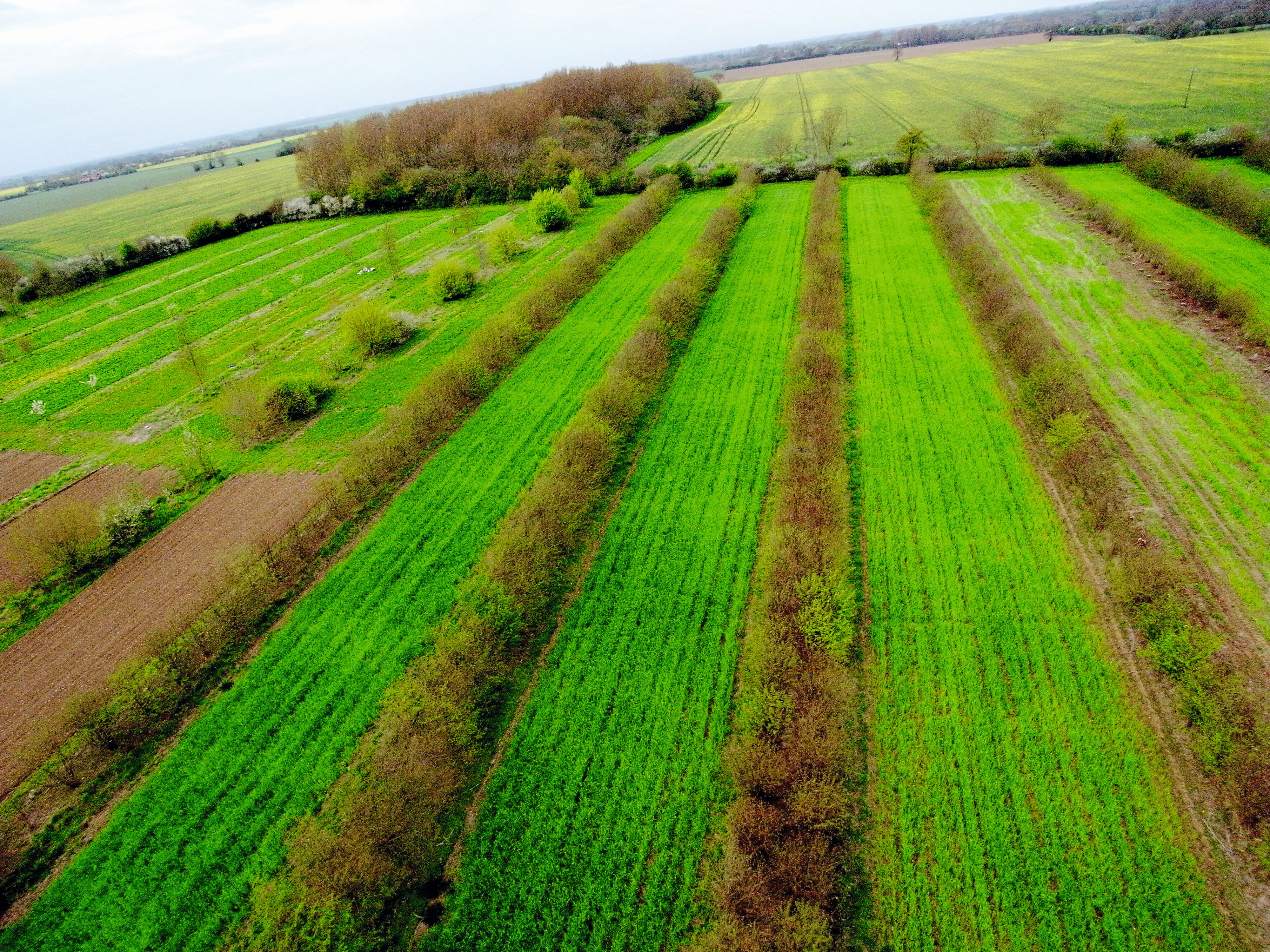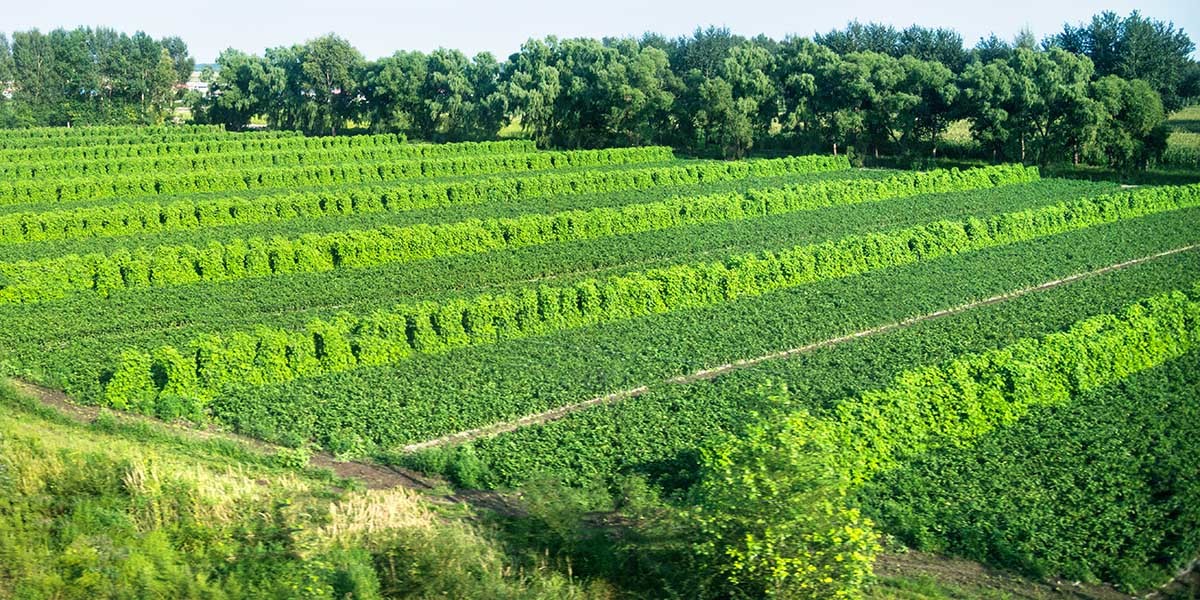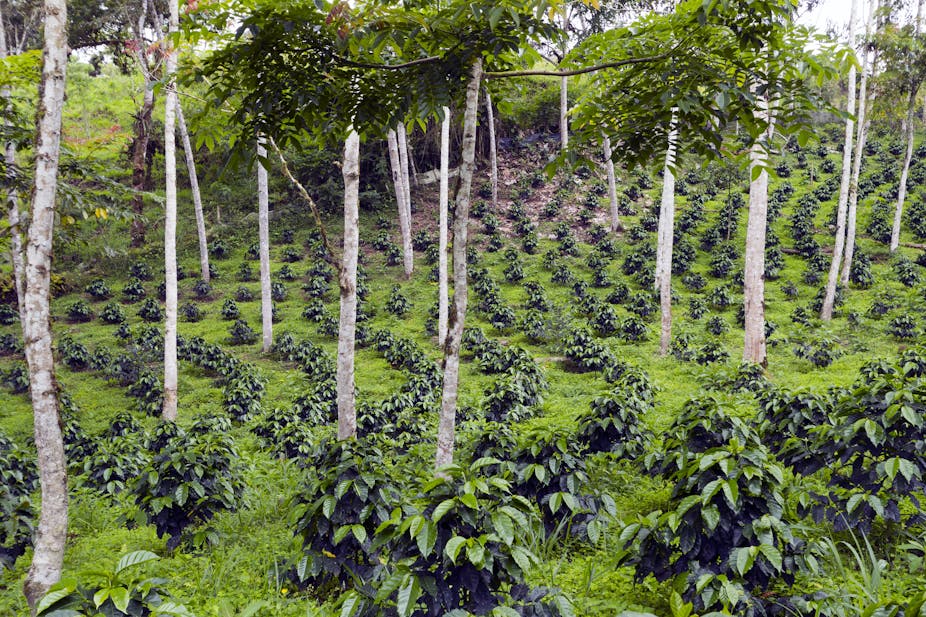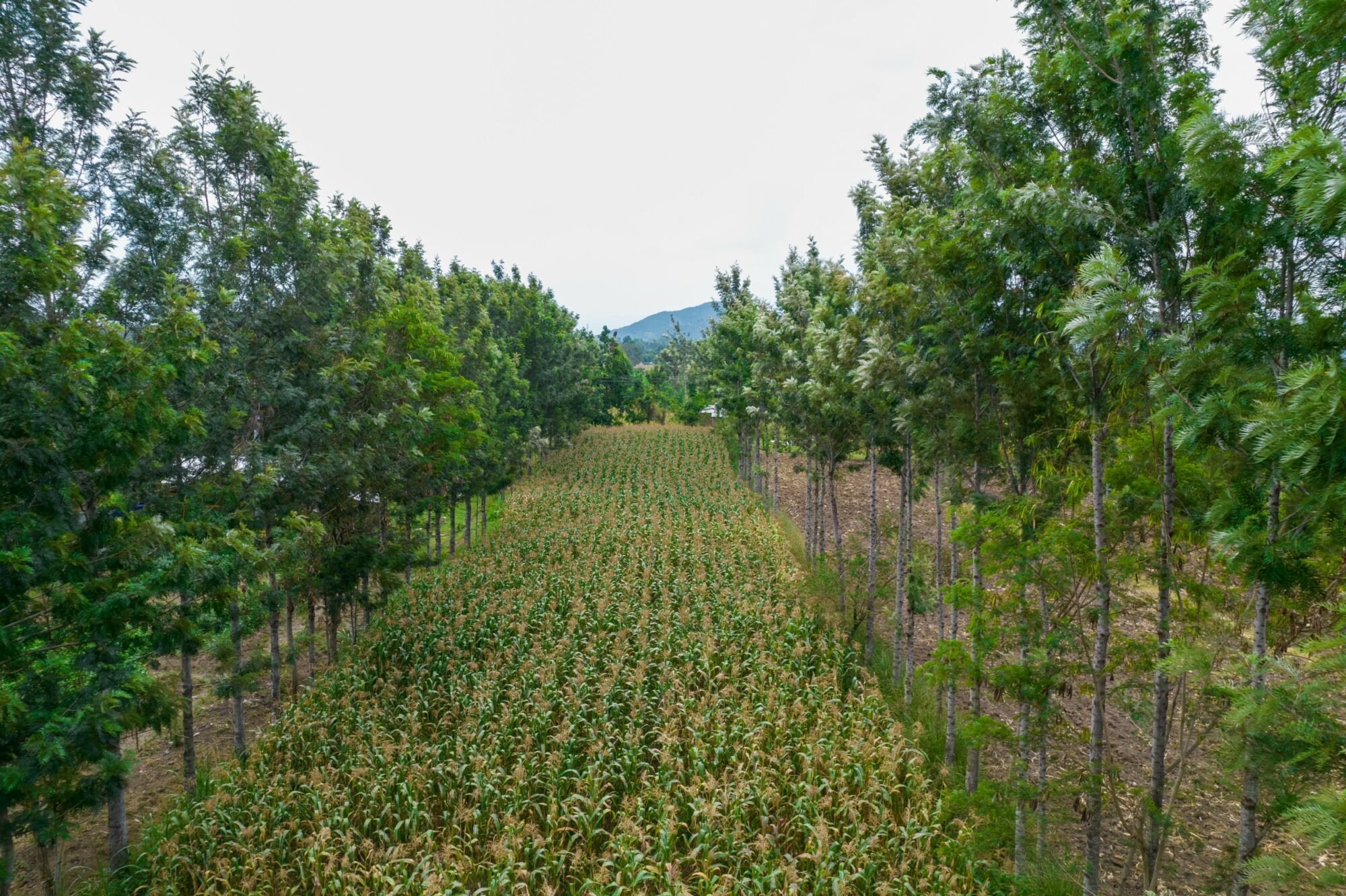Agroforestry Made Simple: How Growing Trees Boosts Your Farm’s Future

When I first stumbled upon agroforestry, truth be told, I was completely overwhelmed. The jargon alone—trees, biodiversity, nitrogen-fixing species—felt like a foreign language. My mind raced with doubts: “Is this just another fad? Will it even work on my small patch of land?” If you’re standing at that same crossroads, feeling a mix of curiosity and hesitation, you’re in good company. I’ve been there, fumbling through trial and error until agroforestry started to click.

Let me share something that helped me move past the confusion: agroforestry isn’t about planting trees haphazardly or juggling too many variables at once. It’s about weaving trees and crops (or livestock) together thoughtfully so they support each other. Picture your land as a living tapestry—not just rows of monoculture but an ecosystem designed to nurture soil health, improve yields, and invite beneficial wildlife.
Why Agroforestry Matters—and How I Learned That the Hard Way
Early on, I tried planting random trees near my crops because someone said it was good for the soil. What happened? Those trees competed fiercely for water with my vegetables during a dry spell—and half my harvest suffered. It was frustrating and almost made me give up on the whole idea.
The turning point came when I realized agroforestry is not one-size-fits-all; it’s about matching the right tree species to your environment and farming goals. Here's what I mean: choosing nitrogen-fixing trees like acacia or leucaena can naturally replenish nutrients without chemical fertilizers—something one farmer friend of mine swore by after he cut his fertilizer costs by nearly 40% in two seasons.

Trees also bring subtle but powerful benefits: their shade softens harsh midday sun, protecting sensitive crops; their leaf litter enriches soil organically; and their presence invites birds and insects that keep pests in check naturally—like having your own tiny army of farm helpers.
Starting Your Agroforestry Journey: Practical Wisdom from Someone Who’s Been There
I remember sitting down with a blank map of my farm thinking: “Where do I even start?” Here’s how you can tackle that question without getting paralyzed:
-
Scout Your Land Like a Detective: Walk around during different times of day and seasons. Note spots where wind scours the soil or where water pools after rain. These observations reveal where trees could act as windbreaks or help drainage.
-
Be Selective with Tree Choices: Use local knowledge whenever possible—talk to neighbors or extension agents about what grows well nearby without causing headaches.
- Nitrogen fixers add nutrients (think acacia).
- Fruit-bearing trees like guava or mango can supplement income.
- Fast growers such as paulownia provide quick shade and biomass.
-
Think Small-Scale First: Instead of transforming your entire property overnight, pick a corner or border strip for your first experiment.
-
Sketch Your Plan Visually: Drawing helps see plant relationships better than mental notes alone. Mark crop rows, existing features like wells or fences, then overlay tree positions thoughtfully.
-
Observe & Adapt: After planting, spend time watching how crops respond under tree shade or how soil moisture changes after rains—it’s a learning process more than ticking boxes.
-
Maintain with Care: Mulching around young trees retains moisture; pruning keeps sunlight balanced; regular soil checks help catch issues early before they spiral out of control.
Remember when I tried to rush last year? The result was tangled growth competing for space rather than cooperation between plants. Patience combined with observation is your best ally here—it took me two years before things really began clicking into place.

Real Stories That Brought Agroforestry Alive for Me
One vivid memory stands out—a farmer in Kenya who planted Moringa along maize fields told me how his maize yield improved by 15% within two seasons because the Moringa provided shade during scorching afternoons and nutritious leaves he sold locally for extra cash.
Another story from California blew my mind: A vineyard owner mixed olive trees between grapevines not only gained olives as additional income but saw fewer pest problems due to birds attracted by the olive canopy acting as natural pest controllers—a brilliant layering of benefits across industries!
In Brazil’s humid tropics, ranchers planted fast-growing eucalyptus strips along grazing areas which stabilized soils during heavy rains while providing emergency fodder during droughts—a clever way to buffer climate extremes rather than fight them head-on.
These examples taught me agroforestry is not rigid—it bends beautifully to fit diverse climates and scales from backyard gardens to commercial farms.

Common Pitfalls—and How To Dodge Them With Ease
Jumping in too fast or trying every trendy species at once often sets beginners up for frustration:
-
Worried about water competition? Start with drought-tolerant natives known for peaceful coexistence.
-
Concerned about labor demands? Begin with minimal additions—maybe just one row along a fence line—and expand gradually.
-
Fear economic risk? Think diversification not as splitting focus but building resilience—like spreading seeds across several baskets instead of banking everything on one crop’s success.
One mentor told me long ago: “The goal isn’t avoiding every problem right away—it’s creating systems that bounce back stronger when challenges come.” That perspective changed how I approached risk altogether.
Encouragement From Someone Who Believes In You
Progress won’t be instant nor flawless—but every sapling you nurture brings you closer to healthier soils and more stable yields over time. Your journey might have slow days where results seem invisible—but trust me when I say those roots are growing deep beneath the surface preparing your land for resilience that pays dividends later.

Whether you cultivate half an acre or several hectares—or simply want greener patches in your community garden—the principles remain accessible if broken down into manageable steps paired with steady observation and adjustment based on what YOU see happening on YOUR land.
Taking That First Step Today
Here’s what helped me get moving without overwhelm:
- Pick a pilot spot where new tree planting won’t disrupt current crops drastically.
- Research 2–3 local species suited for specific roles (nitrogen fixers, fruit producers, windbreaks).
- Make a simple sketch plan showing placement relative to existing plants.
- Reach out to nearby agricultural offices or farmer groups—they often offer seedlings plus practical advice tailored locally.
- Dedicate monthly care time over next couple years—you’ll learn more from these routine visits than any quick fix guidebook.
- Keep feeding yourself knowledge through courses or books focused on hands-on agroforestry methods—I’m happy to share favorites if you ask!
Starting small gave me confidence—and momentum—to keep improving season after season until agroforestry became an integrated part of both my mindset and farming practice instead of some abstract ideal.
Agroforestry isn’t random tree planting; it’s intentional design—to heal soils slowly but surely; foster biodiversity naturally; improve livelihoods sustainably—all woven together thoughtfully right where you stand today.
Ready to try? Break it down step-by-step—the rewards will surprise you far beyond initial expectations because nature has its own quiet way of rewarding patience paired with care.
You’ve got this—I’m here rooting for every seedling you plant along the way!



